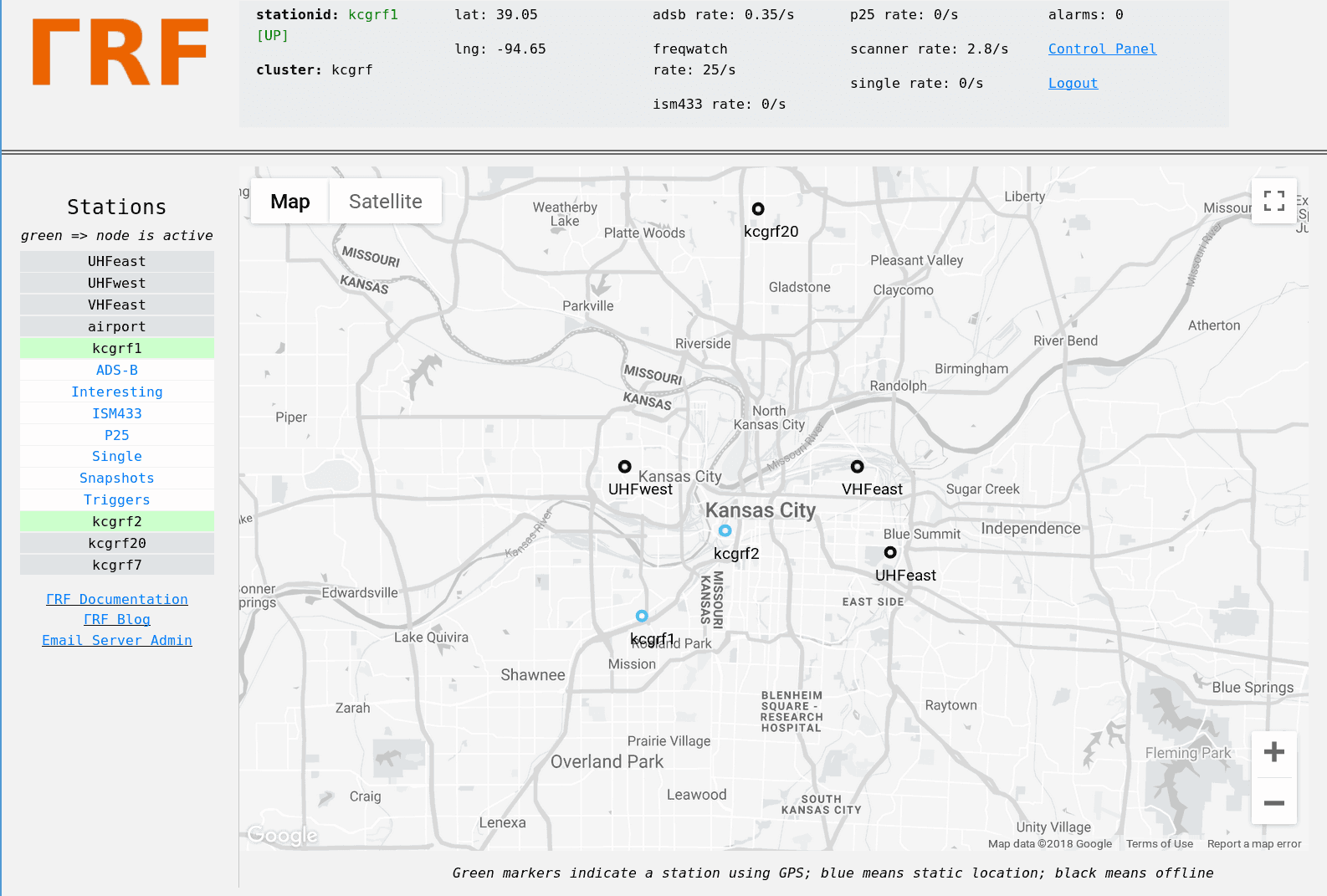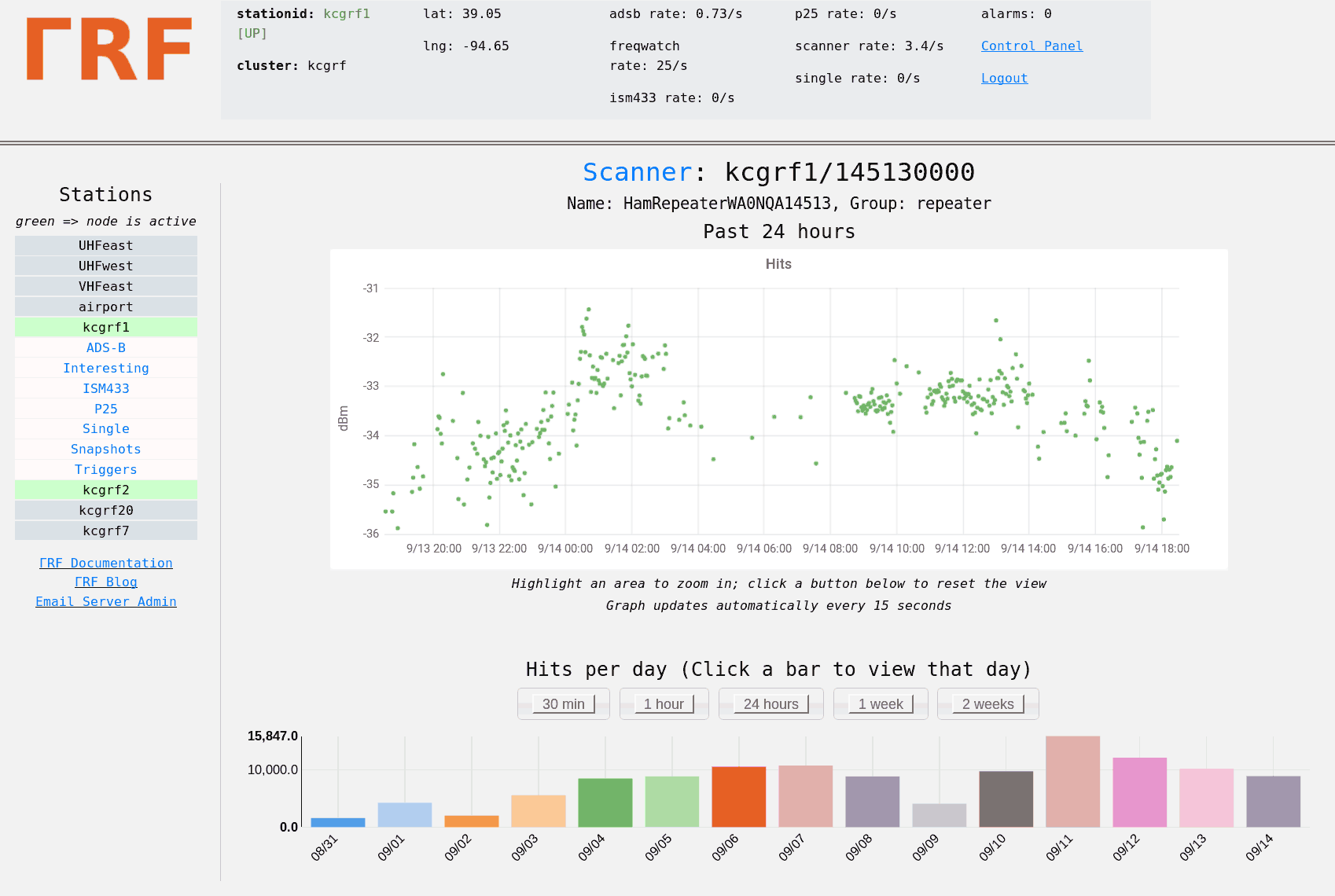Hak5: Hacking Ford Key Fobs with a HackRF and Portapack
This weeks episode of Hak5 (an information security themed YouTube channel) features Dale Wooden (@TB69RR) who joins hosts Shannon and Darren to demonstrate a zero day vulnerability against Ford keyless entry/ignition. More details about the vulnerability will be presented at this years DEF CON 27 conference, which is due to be held on August 8 - 11.
In the video Dale first demonstrates how he uses a HackRF with Portapack to capture and then replay the signal from a Ford vehicle's keyfob. The result is that the original keyfob no longer functions, locking the owner out from the car. After performing a second process with another keyfob, Dale is now able to fully replicate a keyfob, and unlock the car from his HackRF.
Dale explains that unlike the well known jam-and-replay methods, his requires no jamming, and instead uses a vulnerability to trick the car into resetting the rolling code counter back to zero, allowing him to capture rolling codes that are always valid. Dale also notes that he could use any RX capable SDR like an RTL-SDR to automatically capture signals from over 100m away.
The vulnerability has been disclosed to Ford, and the full details and code to do the attack will only be released at DEF CON 27, giving Ford enough time to fix the vulnerability. It is known to affect 2019 Ford F-150 Raptors, Mustangs and 2017 Ford Expeditions, but other models are also likely to be vulnerable.
The video is split into three parts. In part 1 Dale demonstrates the vulnerability on a real vehicle and in part 2 he explains the story behind his discovery, how he responsibly disclosed the vulnerability to Ford and how to reset the keyfob yourself. Finally in part 3 Darren interviews Dale about his experiences in the RF security field.
Dales discovery has also been written up in an article by The Parallex which explains the exploit in more detail.


